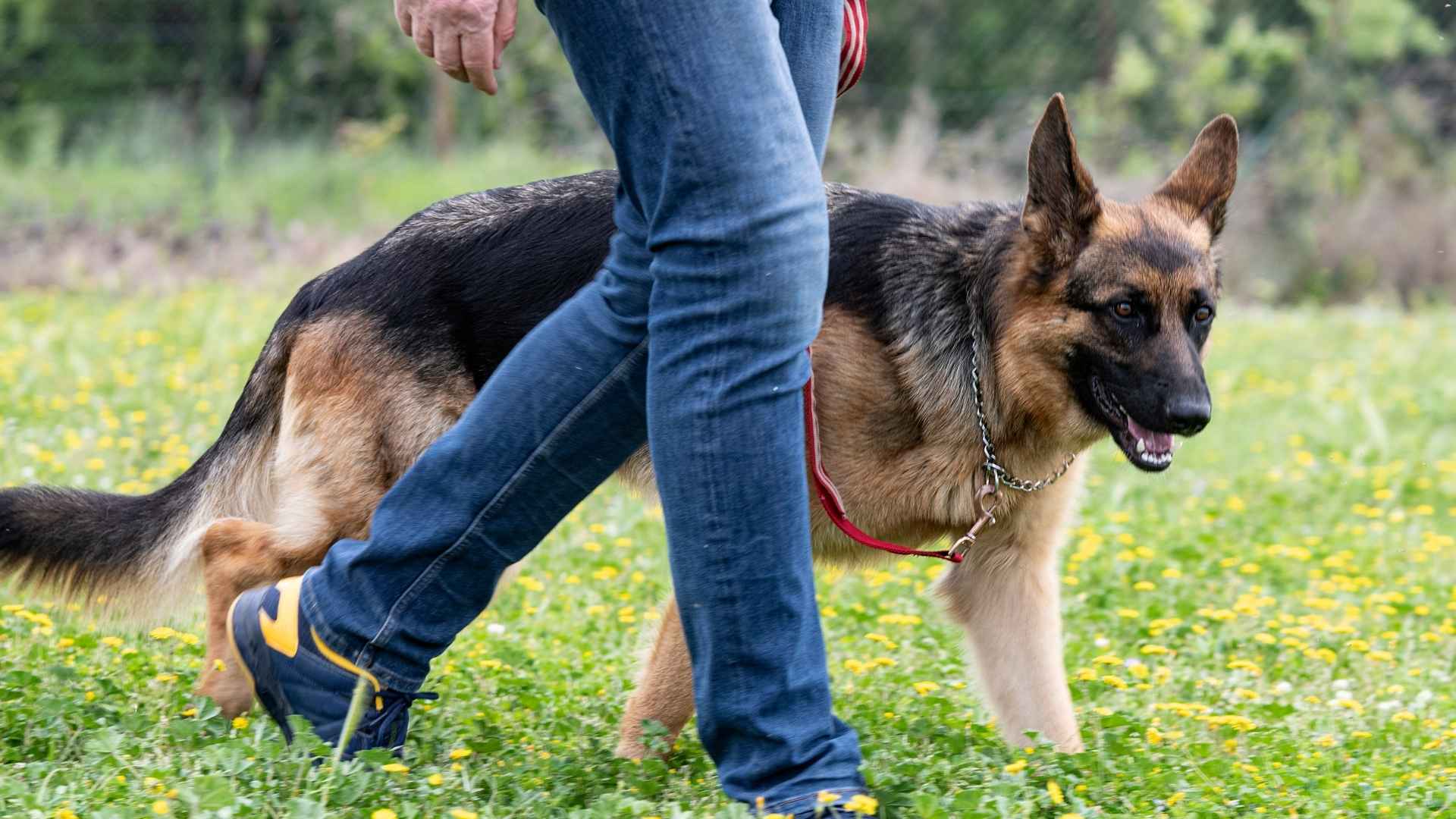What if training your dog didn’t feel like a daily battle? What if they just got it right from the start? While all dogs need guidance, not all of them make the process difficult.
Some breeds practically train themselves. They’re eager to learn, responsive to tone, and fast to pick up on rules. For anyone who’s ever come home to a chewed shoe or an uninvited “gift” on the floor, you know how valuable that trait can be.
The key is choosing a dog whose personality fits your pace and expectations. Not every household is built for chaos, and not every owner has the time for endless repetition.
If you’re searching for a smoother training journey, it all starts with the right breed. This article showcases dogs that rarely make training messy—and prove that good behavior doesn’t have to come with headaches.
Dog Breeds That Rarely Make Training Messy
1. Golden Retriever
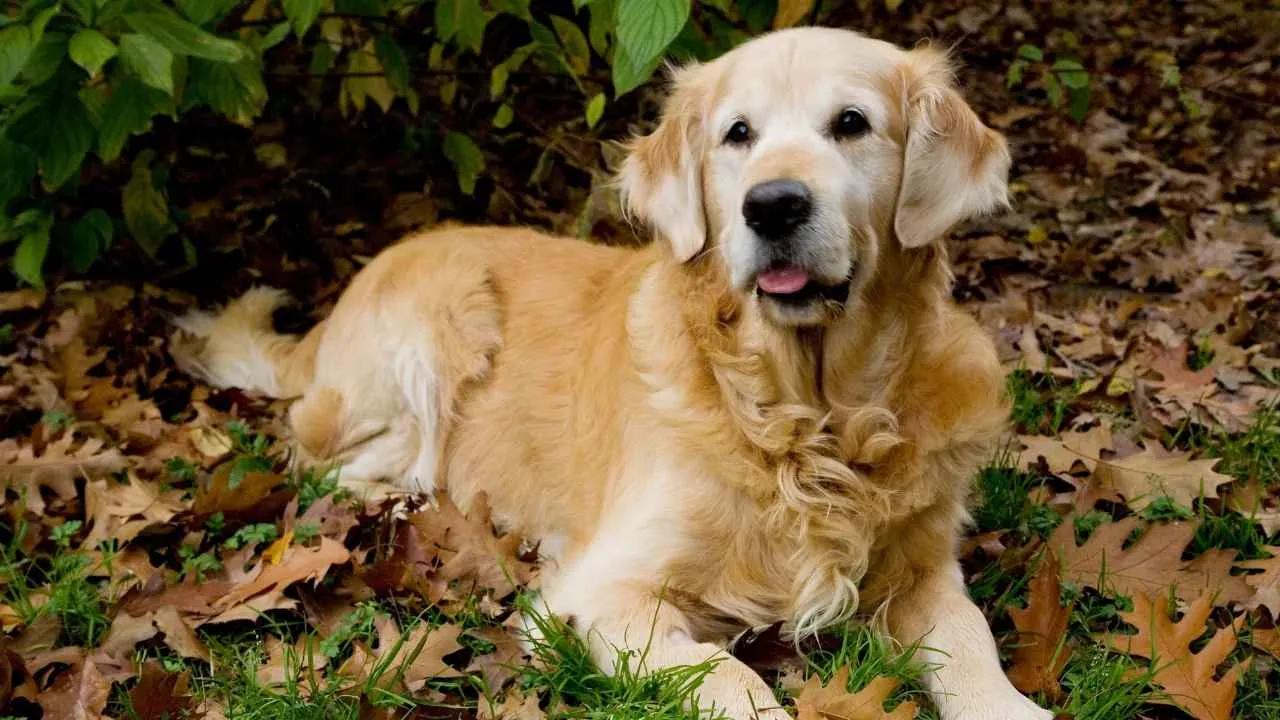
This breed responds strongly to routines that are structured yet engaging, especially when learning commands that require consistency. It does well when handlers use short, repeated cues rather than scattered instructions. Golden Retrievers often retain training steps after just a few guided sessions.
Responds to Encouragement
They’re sensitive to tone, so trainers who give clear feedback without frustration tend to make faster progress. Physical guidance isn’t usually required, and they adapt better to calm correction. Their need to please creates a strong pattern of listening early on.
Adaptable Across Environments
Whether inside a home or outdoors in public areas, Golden Retrievers tend to behave predictably once trained. They rarely regress when exposed to distractions after learning their basics. This makes the breed ideal for families needing stable behavior across different settings.
Balanced Energy Levels
Though they’re considered energetic dogs, they channel their activity toward structured tasks rather than aimless outbursts, as per PetMD. Short sessions involving movement help maintain focus without overstimulation. That balance reduces the kind of chaos many dogs show during learning phases.
2. Labrador Retriever
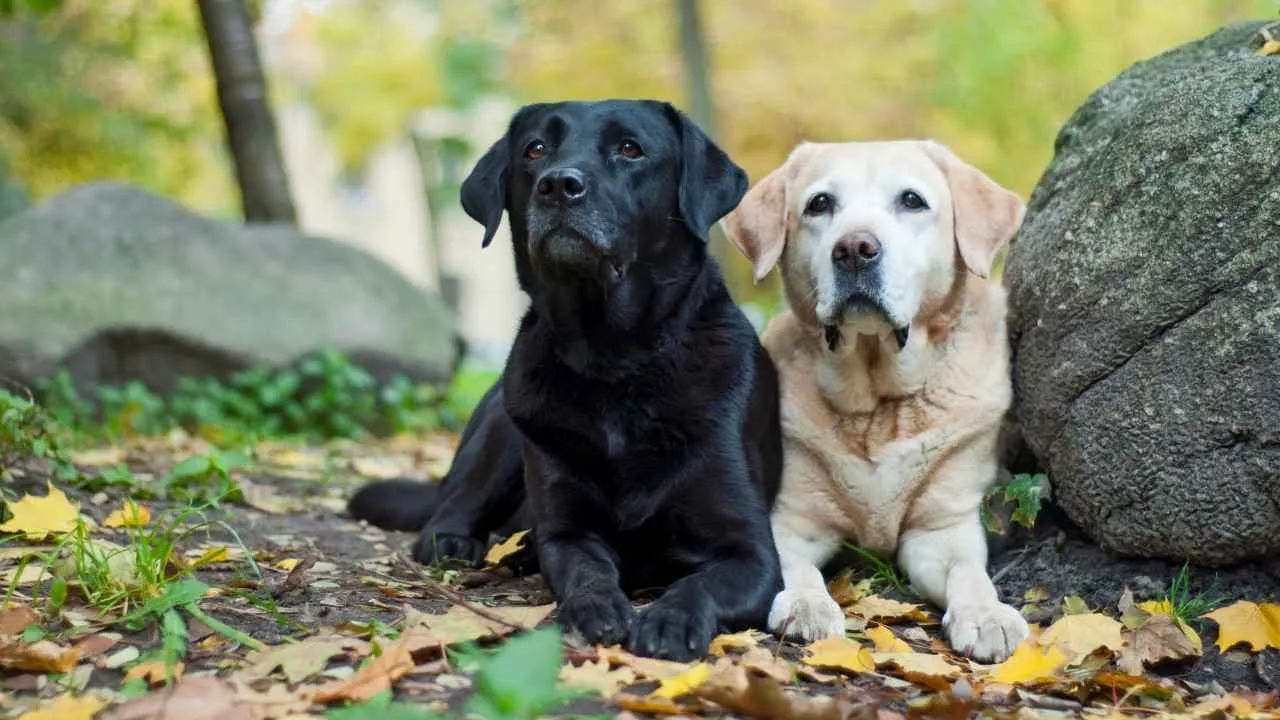
Labradors do well when trainers use a mix of hand signals and voice cues during short, spaced-out sessions. Their ability to retain and recall commands helps reduce repetition. These dogs often settle into routines faster than many other breeds in similar environments.
Strong Food Motivation
This breed responds quickly to food-based reinforcement, which helps shape early behavior during obedience and leash training, as per PetCareRx. Using small treats helps keep their focus in high-distraction zones. Labs rarely push boundaries once a system of reward is established.
Naturally Responsive
Known as an intelligent dog, the Labrador observes patterns and adjusts behavior without requiring constant correction. Their ability to pick up on human tone and posture makes them naturally responsive. This reduces the need for excessive verbal instructions.
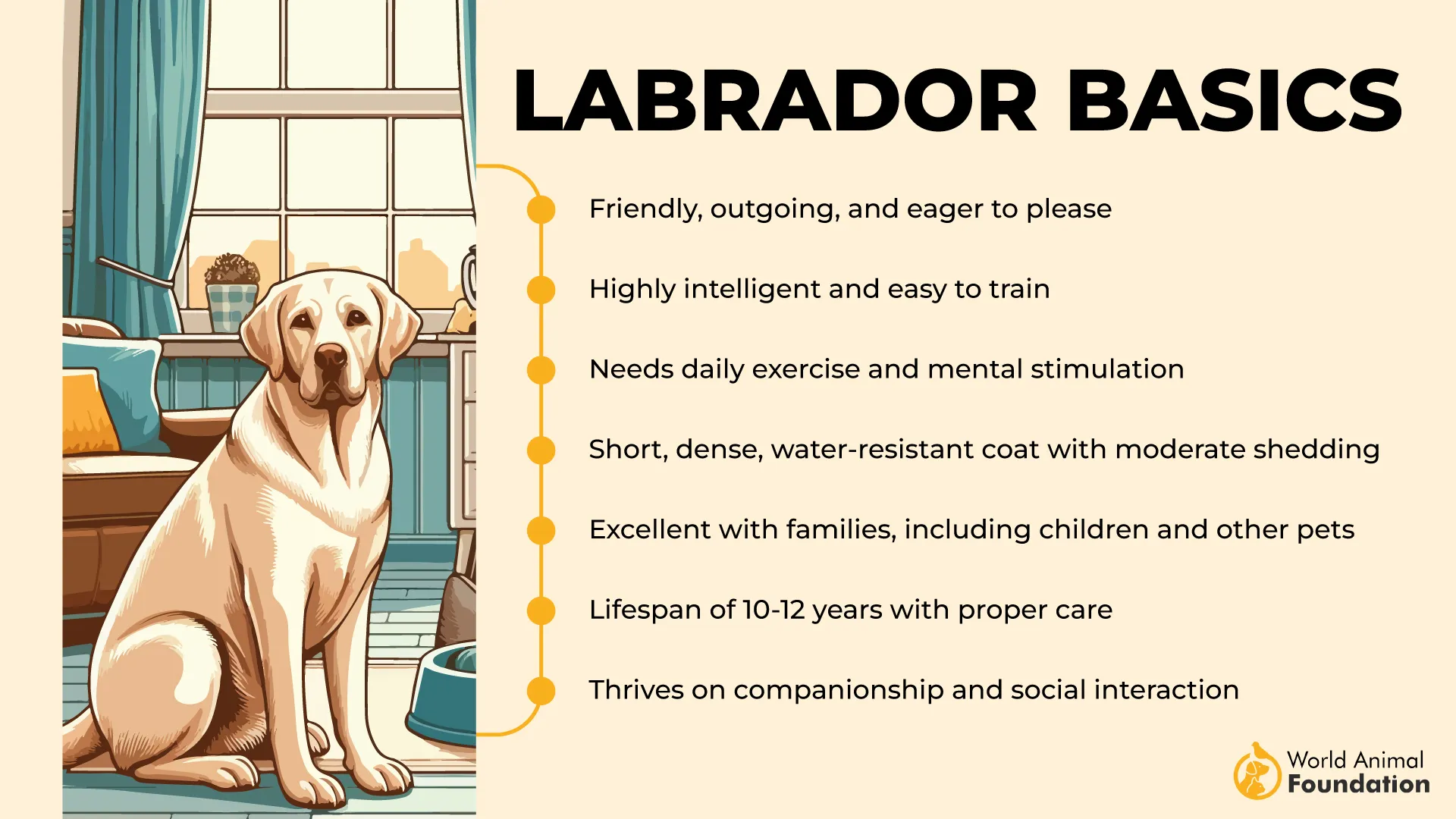
Easygoing During Training
Labradors keep a steady pace during drills and don’t lose focus easily, even around noise or movement. These traits make them excellent companions for multi-dog homes or first-time owners. Their calm nature allows them to stay attentive longer than many other canines.
3. Poodle

Poodles recognize verbal and visual patterns faster than most breeds, which speeds up obedience and task-based training. They don’t require long repetition cycles before reacting correctly. This precision makes them practical for detailed routines or multi-step commands.
Focused Learning Energy
Their attention span can be extended through mentally engaging exercises that keep them alert without overexcitement. Poodles respond well to rotating cue styles, especially when learning hand signals or motion-based directions. This helps reduce training fatigue during new skill development.
Household Compatibility
Their adaptable behavior makes it easier to teach them around common household distractions or the unpredictable presence of small children. They adjust quickly to different home setups, which helps avoid setbacks during early training. This predictability supports consistent behavior indoors.
Motivation-Based Obedience
Food-driven tasks and praise both work well with Poodles, especially during early-stage learning. Their eagerness to solve problems contributes to their being easy to train in a variety of settings. Positive training methods usually create fast, long-lasting results with this breed.
4. Border Collie

Border Collies are known for identifying patterns during early training, including complex sequences and verbal signals. They excel in environments where timing and repetition are used clearly. Their ability to grasp cues without overcorrection reduces confusion during sessions.
Predictable Response to Structure
This breed doesn’t just learn commands but learns how and when to apply them based on the situation and tone. When training is kept task-focused, the dog maintains attention with minimal redirection. Distractions can be filtered out once a working rhythm is established.
Driven by Mental Engagement
Because they are incredibly intelligent, they expect instruction to be meaningful and progressive. Repeating commands without a goal can lead to restlessness, so they respond best to advanced challenges. Cognitive games during training help solidify their learning.
Calm Inside the Home
Though they’re energetic outdoors, Border Collies are often calm when inside the house if their mental and physical needs are met. Their personality makes them observant and intentional rather than reactive. This self-regulated behavior eases indoor training as a pet.
5. German Shepherd
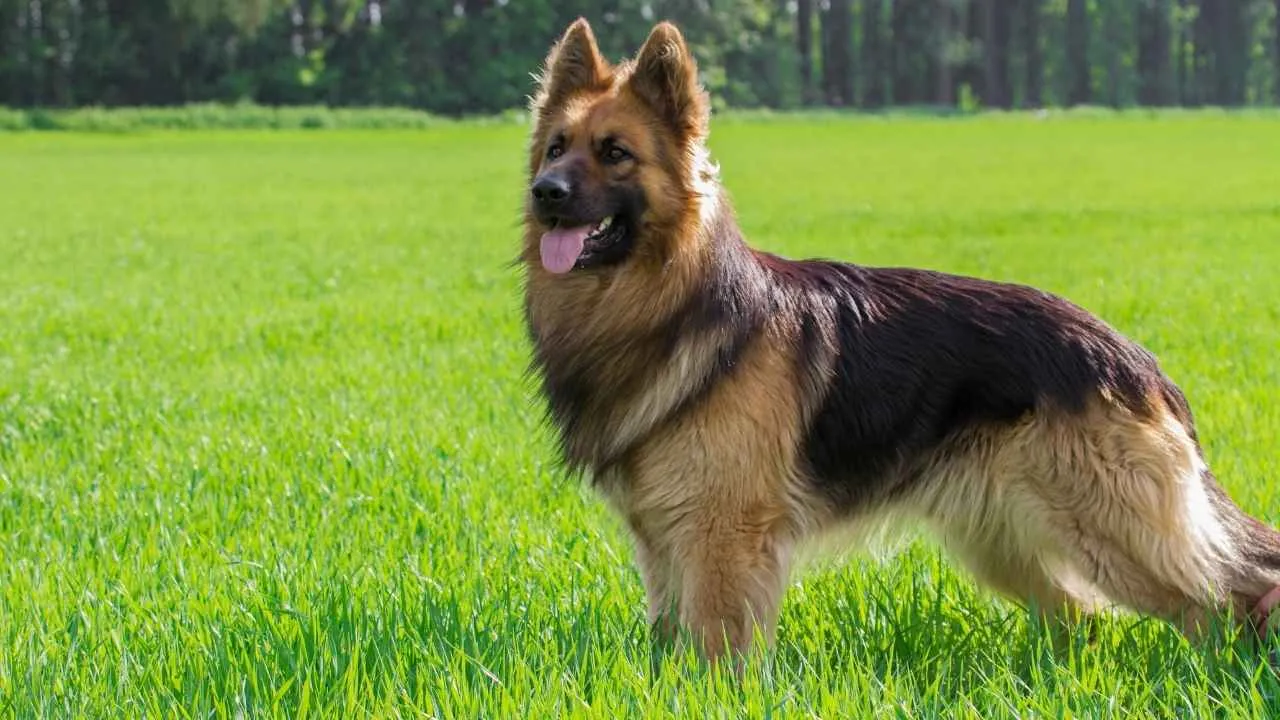
Training sessions with this breed often benefit from structure, as the German Shepherd follows sequences with a strong focus. It absorbs new commands quickly and applies them with accuracy even after distractions. Most corrections don’t need to be repeated frequently when the routine is consistent.
Desire to Work
A German Shepherd is an eager participant in guided tasks and picks up handler signals without needing exaggerated cues. They read body language, tone, and facial shifts with sharp attention. That responsiveness helps reduce friction in early training weeks.
Energy With Direction
They need physical activity, but structured drills tend to calm them faster than free-form movement. Integrating a short walk or training-based play builds focus without overstimulation. This also lowers resistance during indoor routines where energy needs managing.
Bond-Based Motivation
This breed develops a strong bond with its trainer, making it more loyal to instruction over time. Positive reinforcement and attention work better than treats alone in maintaining progress. Their motivation is often tied more to trust than repetition.
6. Papillon
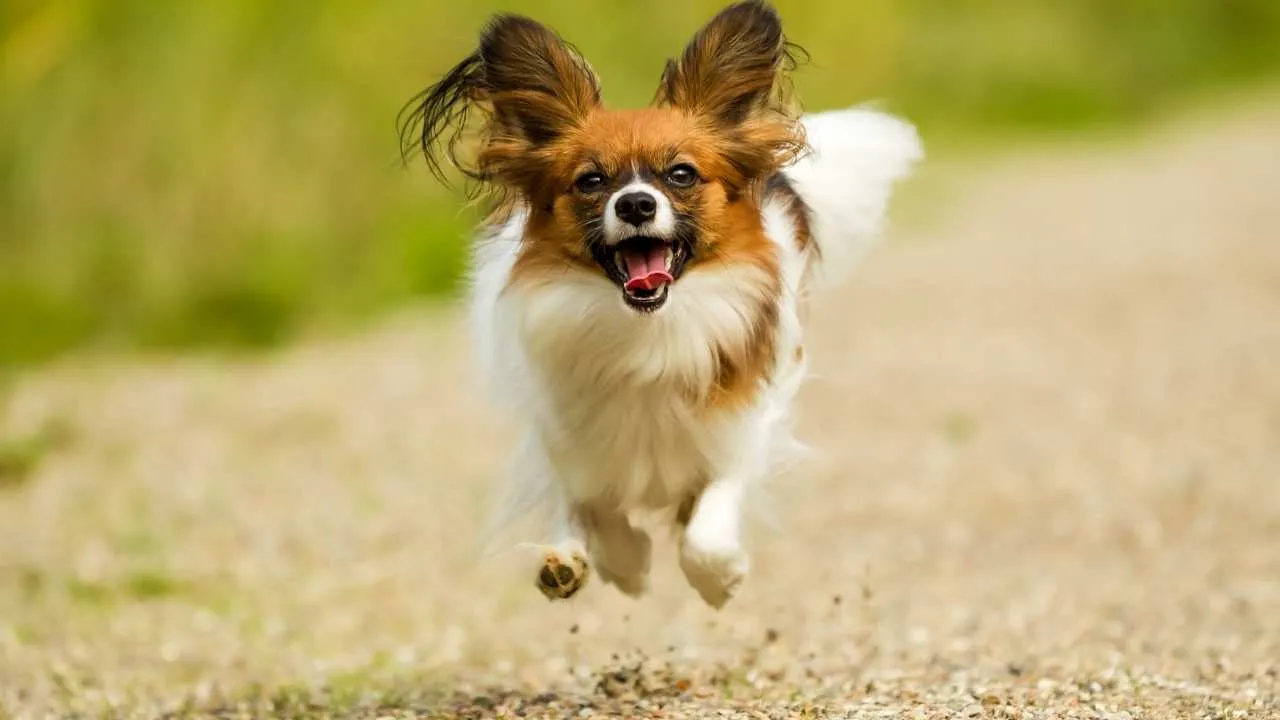
Papillons are quick to notice cues and can link a command to action with fewer repetitions than most toy breeds. Their visual alertness helps them stay tuned into body language during sessions. They respond well when steps are broken into short, consistent routines.
Strong Memory Retention
This breed tends to remember past instructions even after gaps in training, which makes reinforcement smoother. Many small dogs require frequent retraining, but the Papillon holds onto what it learns. That trait keeps learning curves manageable over time.
High Engagement Levels
Papillons stay mentally active during training, often looking directly at their handlers while working through tasks. That focused attention lowers the chance of frustration building up. They’re more likely to complete sequences without wandering off or losing interest.
Natural Confidence in Tasks
They show confidence in new environments, including agility courses, where other small breeds might hesitate. Their calm focus helps reduce typical training messes like backing away or stalling mid-command. This trait has made them a favorite in advanced trick training circles.
7. Doberman Pinscher

Dobermans show strong pattern recognition and tend to pick up both hand and voice commands with clarity. This makes training sessions more precise with fewer corrections over time. They often anticipate follow-up instructions once routines are in place.
Strong Handler Focus
They maintain consistent eye contact during sessions and adjust quickly to handler movement. That level of attention shortens the confusion stage that’s common in early training. Their focus also allows better control in complex, moving environments.
Drive-Control Balance
Dobermans are known for their alertness, but their drive is structured, not scattered. When introduced to task-based learning, they stay centered on purpose instead of reacting to every distraction. This helps reduce erratic behavior during obedience work.
Structured Energy Output
Physical stamina plays a role in how well they engage in extended training without losing interest. When mentally engaged, they rarely show resistance to repetitive practice. With proper pacing, they hold attention far longer than most breeds.
Conclusion
Training doesn’t have to feel like a tug-of-war. Some pups are simply more tuned in from the start. They enjoy structure, adjust to pace, and make obedience training smoother for new and experienced owners alike.
Choosing breeds that learn quickly can support a calm household and a more balanced lifestyle. Puppies that respond well early often grow into healthy, focused adults who respect rules without pressure.
It’s essential to match a dog’s energy to your own. These pups show that the right partner makes all the difference, for both learning and living.


